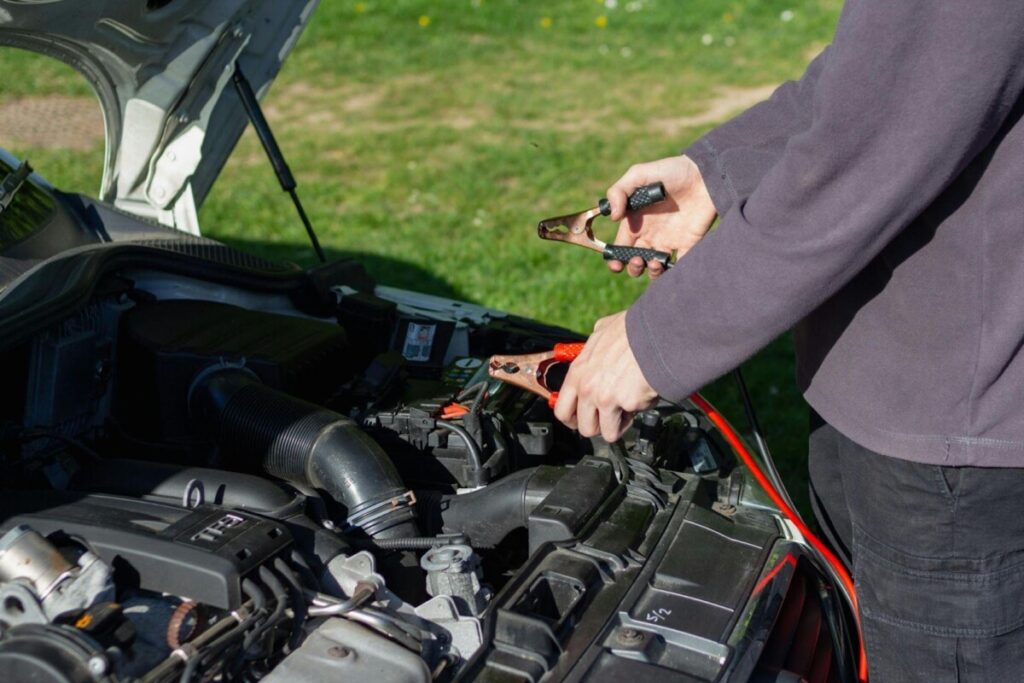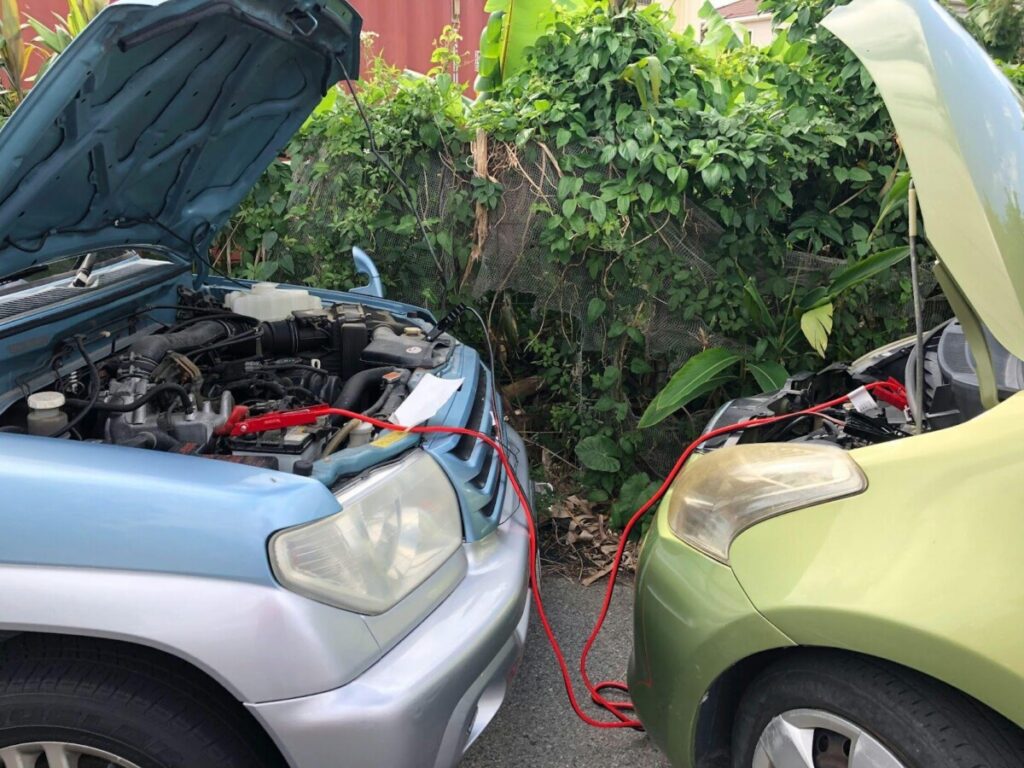Tech Tips
How to Choose the Perfect Car Battery Replacement
Your car’s battery is like its heartbeat—it powers up the engine and keeps all the electrical stuff running when the motor’s off. If it dies, you’re stuck, probably at the worst possible moment. So, finding the right replacement isn’t just about getting back on the road; it’s about making sure your car stays dependable and its electrical system lasts longer.
There are some telltale signs your battery might be on its last legs. Ever notice the engine cranking slower than usual? That’s a big hint it’s struggling to deliver enough juice. Dim headlights or a dashboard light popping on can also mean it’s fading. And if your battery’s been around for over three years, it’s probably smart to start shopping for a new one before it leaves you stranded.

Know What Your Car Needs
First things first: crack open your owner’s manual. It’s got the scoop on the exact battery type, size, and power your car needs. Ignoring this could mess with how your car runs or even fry some of the electrical bits, so don’t wing it.
Size matters here too. Cars use specific “group sizes” for batteries, which is just a fancy way of saying the shape and where the terminals sit. Get this wrong, and it won’t fit right or connect properly. You’ll also want to check out Cold Cranking Amps (CCA) and Reserve Capacity (RC). CCA is how well the battery fires up your car when it’s freezing out, and RC tells you how long it’ll keep things going if your alternator quits. Both are clutch depending on where you live.
What to Consider When Choosing a Replacement
Where you live makes a difference. If you’re in a cold spot, go for a battery with a solid CCA rating—it’ll save you on those icy mornings. Hot climates are tougher on batteries, so look for ones built to handle the heat without wearing out fast.
Don’t skimp on brand or quality either. A reliable name can save you headaches down the road. For example, an AC Delco battery is tough, delivers steady power, and people swear by the brand for a reason. A solid warranty’s a bonus too. Some batteries come with longer coverage, which is nice if something goes wrong early.
Types of Batteries to Consider
Most cars run on lead-acid batteries. They’re cheap, they work, but they might need a little TLC now and then. Some have liquid inside that you top off with distilled water—others are sealed up tight and maintenance-free.
Then there’s Absorbent Glass Mat (AGM) batteries, which are a step up. They’ve got this special mat that soaks up the electrolyte, so no spills, and they hold up better against bumps and shakes. They’re awesome for cars with fancy tech like start-stop systems and tend to last longer than the old-school lead-acid ones.
Where to Buy and How to Install a New Battery
When it’s time to grab a new battery, you’ve got a few solid options. Auto parts stores usually have a big selection, and the staff can often point you to what fits your car. Dealerships are another spot—they’ll have exactly what your vehicle needs, though it might cost a bit more. Online’s super convenient too as it lets you browse from home, and reviews can steer you right. Wherever you buy, just triple-check it matches your car’s specs—nothing’s worse than getting home with the wrong one.
Swapping it out yourself? Be safe about it. Turn off the car, ditch any metal jewelry (no one wants a spark show), and always unplug the negative terminal first to avoid a short. Once the old battery’s out, clean up the terminals—grime can mess with the connection. Pop the new one in, secure it tight, and make sure those terminals are snug.

Wrapping It Up
Picking the right battery keeps your car humming along. Dig into your manual, nail down the specs, and you’ll be golden. The right size, type, and brand set you up for the long haul.
A little upkeep goes a long way too—wipe down the terminals, watch for corrosion, and you might squeeze more life out of it. When it’s done, recycle the old one right. And if DIY isn’t your thing, no shame in letting a pro handle the swap.











